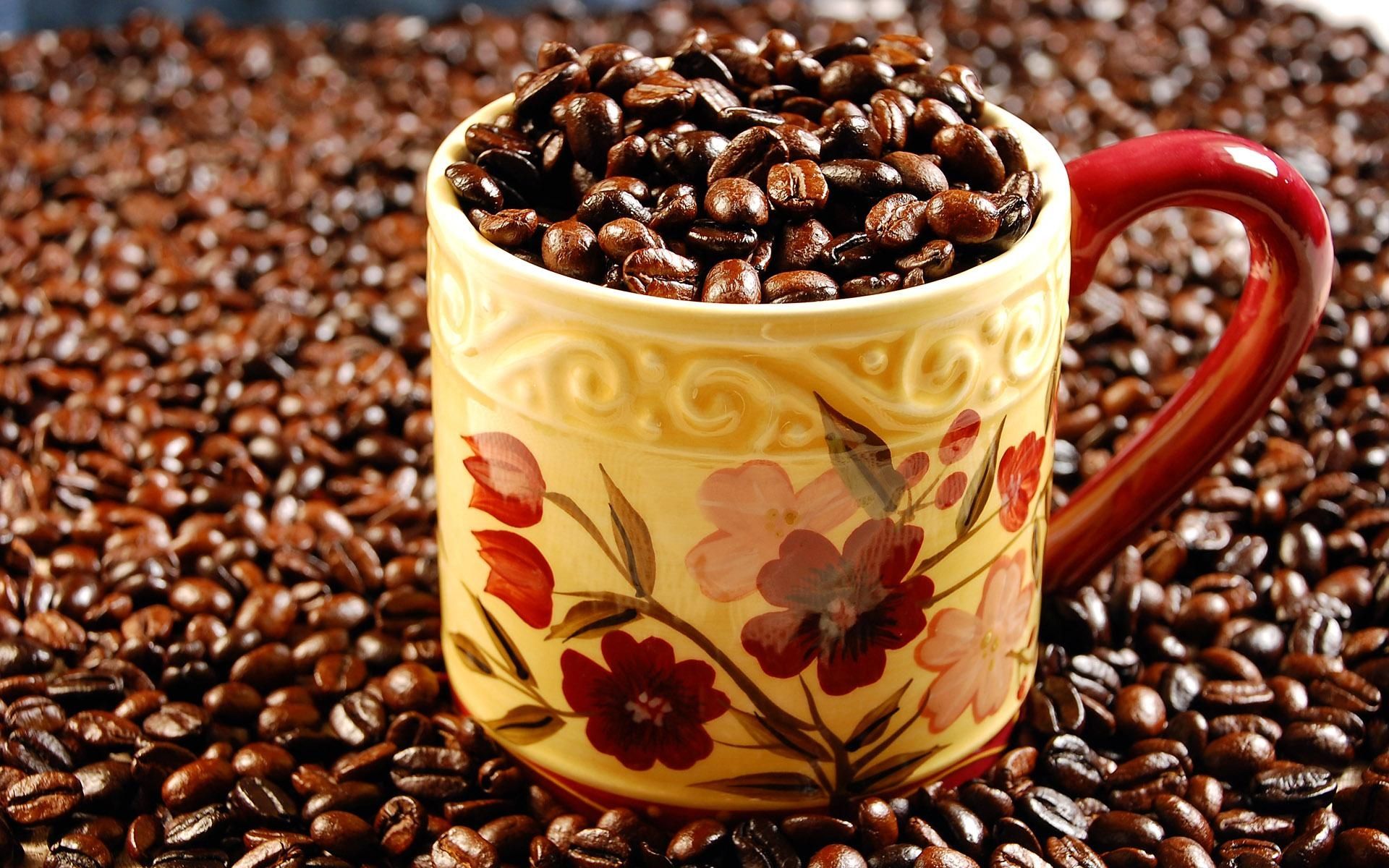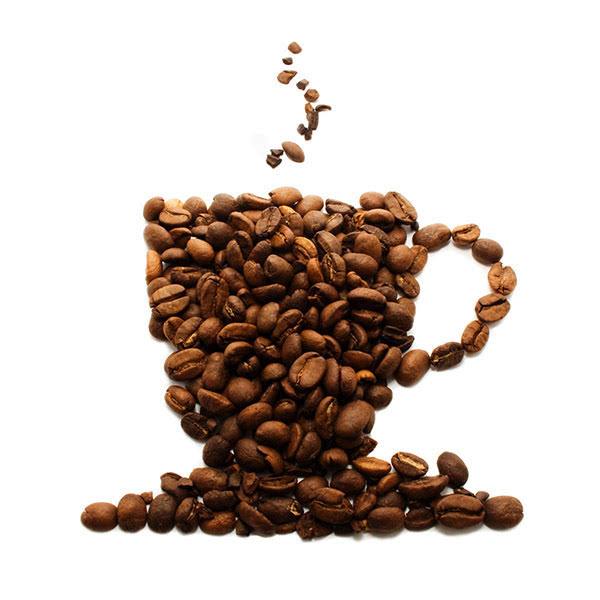The brewing method of Yejia Coffee, the flavor of Yejia Coffee.
Follow the caf é (Wechat official account vdailycom) and found that Beautiful Cafe opened a small shop of its own.
Yejia Chuefei is mostly washed with water, but there are also a small number of excellent beans engraved in the sun to enhance the charming fruit aroma and mellow thickness. Coffee trees are mostly planted in farmers' own backyard or mixed with other crops in the field, the yield per household is not much, it is a typical rural coffee. These mountain villages are foggy, like spring all year round, with a gentle breeze in summer, cool but not hot, rain but not damp, and no cold damage in winter, giving birth to a unique flavor of citrus and flowers. The so-called "Yega Chuefei" refers to the strong aromas of jasmine, lemon, peach, almond and tea. Coffee entrance, flowers in full bloom! Just like a flower touches the comfort of taste buds and olfactory cells in the nasal cavity. In addition to the fragrance of the flowers, the delicate mellow thickness (body) is like silk massage in the mouth.

The method of making Ye Jia Xuefei Coffee
1. Pressure infiltration type:
When the water at 91 degrees Celsius touches the coffee powder, the soul of the coffee begins to wake up. This is a direct presentation of the true color of coffee beans, showing the nature and baking degree of coffee beans, the simplest and least skillful way of brewing, the so-called "lazy coffee". Use a glass pot with a filter on the top, pour in the coffee powder, heat the blister for about 4 minutes, press the pressure rod slowly, separate the coffee grounds and drink.
two。 Siphon:
The most dramatic scene in the process of turning a coffee bean into coffee, when the current rises, you hold your breath and expect that when it becomes coffee to fall, this is a classical and never-ending popular method of coffee extraction.
Using the siphon coffee pot, using the siphon principle, the boiling hot water is washed onto the coffee powder and stewed to produce the original flavor of the coffee.
3. Trickle filter:
Vietnamese coffee brewing method, which originated in France, is easy to operate. Add the coffee powder to the filter paper on the funnel; heat the water until the coffee powder is wet through; all the hot water flows into the pot and you can drink.
4. Italian style:
The extraction of each cup of Espresso (Italian concentrate) is a dialogue between classical technology and modern technology, and the appearance and taste of each cup of Espresso is also the general report of the physical examination of coffee beans. This is a high-pressure way, let the steam quickly pass through the coffee powder, extract the strong coffee, add the coffee powder to the coffee box in the middle, add water to the pot below, close the upper and lower pots, heat until all the water in the lower pot evaporates, pour out and drink.
5. Hand-driven:
First warm the coffee cup and brewing utensils, fold in half along the bottom edge and side sewing line of the filter paper, open the filter paper and place the filter paper on the filter paper, measure the coffee powder and pour it into the filter paper, and shake the filter cup left and right to make the coffee powder surface smooth. Wet the coffee surface evenly and slowly with hot water about 90 degrees Celsius, steam for 20-30 seconds, divide into 2-3 times from the center to the surrounding, and then slowly inject hot water like a circle from the four sides to the center.
6. Automatic percolation:
Use a drip coffee machine, use electricity to drive hot water, and use steaming to release coffee essence.
Important Notice :
前街咖啡 FrontStreet Coffee has moved to new addredd:
FrontStreet Coffee Address: 315,Donghua East Road,GuangZhou
Tel:020 38364473
- Prev

How does Maggie Yaduo cook delicious? Maggie Yaduo's home practice.
Following Cafe Review (Wechat official account vdailycom) found that Beautiful Cafe opened a small shop of its own for those who want to enjoy the delicate and smooth foam of CAPPUCCINO but refuse to give up the pure aroma of ESPRESSO coffee, Maggiadoto may be the best choice. MACCHIATO means a little bit in Italian, adding one directly to a small cup of ESPRESSO
- Next

Yega Chefe Coffee Bean Flavor Flavor Coffee Bean Story Yega Chefe Coffee Bean Taste
Following Ka Pai (official Wechat account vdailycom) found that the Cafe Beautiful opened a small shop of its own. Initially, Yega Xuefei's coffee was planted by European monks (a bit like Belgian monks growing wheat to brew beer), and later it was transferred to farmers or co-operatives. Coffee trees are naturally scattered in forests, countryside and backyards. During the harvest season, the Ethiopian coffee trade
Related
- Detailed explanation of Jadeite planting Land in Panamanian Jadeite Manor introduction to the grading system of Jadeite competitive bidding, Red bid, Green bid and Rose Summer
- Story of Coffee planting in Brenka region of Costa Rica Stonehenge Manor anaerobic heavy honey treatment of flavor mouth
- What's on the barrel of Blue Mountain Coffee beans?
- Can American coffee also pull flowers? How to use hot American style to pull out a good-looking pattern?
- Can you make a cold extract with coffee beans? What is the right proportion for cold-extracted coffee formula?
- Indonesian PWN Gold Mandrine Coffee Origin Features Flavor How to Chong? Mandolin coffee is American.
- A brief introduction to the flavor characteristics of Brazilian yellow bourbon coffee beans
- What is the effect of different water quality on the flavor of cold-extracted coffee? What kind of water is best for brewing coffee?
- Why do you think of Rose Summer whenever you mention Panamanian coffee?
- Introduction to the characteristics of authentic blue mountain coffee bean producing areas? What is the CIB Coffee Authority in Jamaica?

